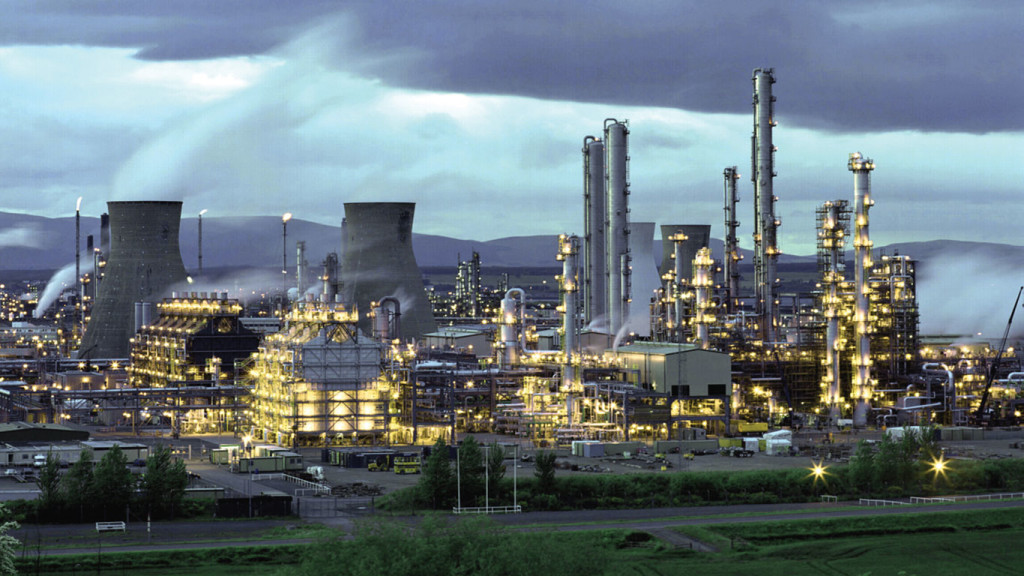Ineos is a company that, hitherto, has been mostly in the news for it’s plans to build a “virtual pipeline” across the Atlantic Ocean using eight Dragon-class ships to haul ethane from the Marcus Hook deep water terminal to its two petrochemical sites in Norway and Scotland. That gas originates from the Marcellus shale and makes its way to the Marcus Hook terminal by way of the Mariner East pipeline. The first shipment of that gas arrived in Norway around the 23rd of March, not quite two weeks ago.
The latest news about Ineos is that it plans to re-open a cracker plant that it had previously mothballed because of a lack of gas. The cracker plant had relied on gas from the North Sea, but that source dwindled and in 2008 Ineos had to close the plant down. Now that a new, enormous source of ethane has opened up in the form of the Marcellus shale it has become possible, nay, advantageous to re-open the cracker plant.
Prepare yourself now for some opinionated opining on the part of the writer.
Why can’t we get a cracker plant in West Virginia?! They’re going to ship ethane hundreds of miles through a pipeline to Marcus Hook, ship it across the Atlantic in eight enormous ships to Scotland and Norway, and crack it there.
Now we all know that the costs for a new cracker plant are measured in billions, and it’s obvious that bringing an already existing plant back into operation is a lot less expensive than that. It seems, however, that at an average cost of $200 million dollars (that’s not even the actual cost of a Dragon-class ship which we suspect is a good bit more), a fleet of eight LNG transport ships comes to at least $1.6 billion, a good chunk of what a new cracker plant would cost.
The benefits to West Virginia in jobs and tax revenues would make up some of the rest of the difference, and consider the increase in the value of the product. We would go from shipping the raw, relatively inexpensive ethane out of state to turning it into polyethylene resin, a much more expensive product that is the basis for all kinds of petrochemical products. We would sell a more finished product at a higher price.
Seems like a pretty important thing for West Virginia, but it just doesn’t seem to be happening.
As an aside, this article tells the story of how the whole project came into being. It’s a great read. It also suggests that the cost for the first two Dragon ships was about a billion dollars. That would have included quite a bit of R&D, so we can’t say that each Dragon ship costs $500 million dollars, but it does suggest that $200 million is probably on the low side.

